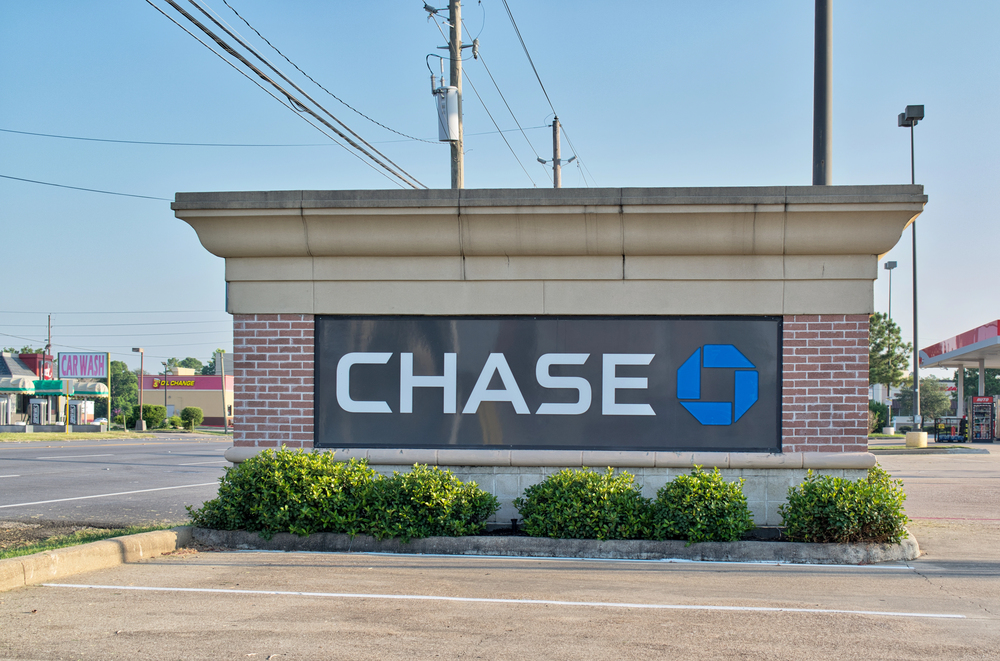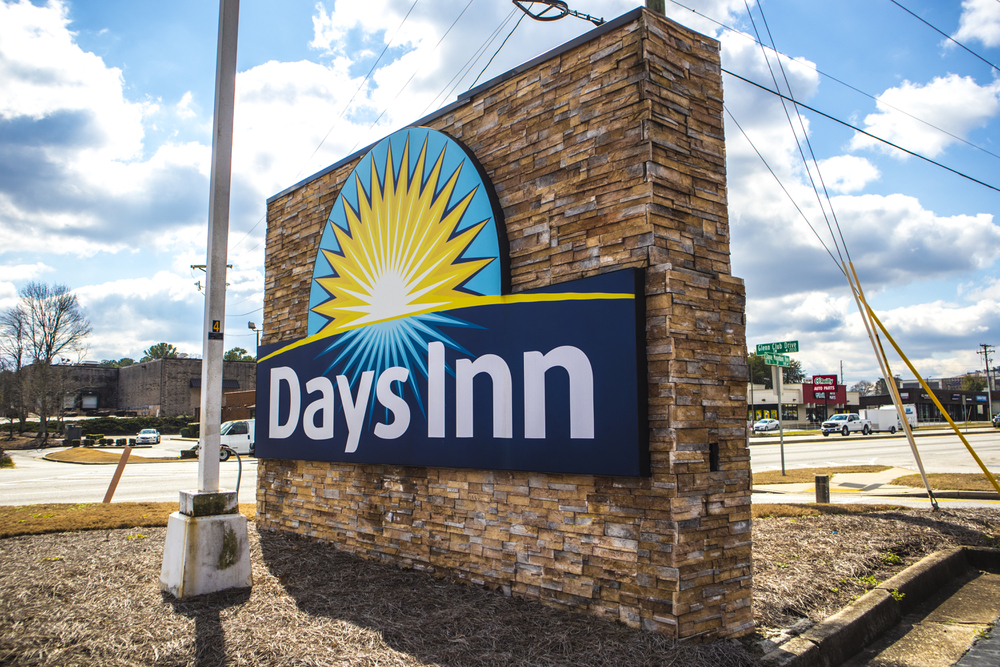Selecting the perfect monument sign is a significant decision that can greatly impact your business’s visibility, branding, and overall appeal. As a business owner, you want a sign that not only reflects your brand identity but also grabs the attention of potential customers. In this guide, we’ll walk you through everything you need to consider, from understanding different materials to the installation process, so you can make an informed decision.
As a trusted sign company in Delaware, Tupp Signs has extensive experience in helping businesses create effective monument signs that make a lasting impression. Let’s dive into the steps you should follow when choosing the right monument sign for your business.
Step 1: Understand Your Business’s Needs and Objectives
Before you start designing your monument sign, it’s crucial to define your objectives. Here are some questions to consider:
- What is your primary goal? Are you aiming to increase brand visibility, provide directions, or make your location more recognizable?
- Who is your target audience? Are you trying to attract foot traffic, drive-by customers, or both?
- Where will the sign be located? Assess your location’s visibility from different angles and distances.
For example, if you’re a business situated along a busy highway, you’ll need a sign that’s bold, large, and easy to read from a distance. On the other hand, if you’re in a quieter area, you might want a sign that’s more elegant and blends well with the surroundings.
Pro Tip: Take time to study the flow of traffic and the behaviors of passersby near your business. This insight will help you tailor the design and size of your monument sign to maximize impact.
Step 2: Explore Different Material Options
Monument signs can be constructed from a variety of materials, each with its advantages and drawbacks. Here’s an in-depth look at the most common materials used:
-
Brick and Stone:
- Pros: Highly durable, weather-resistant, and offers a classic, upscale appearance.
- Cons: More expensive and requires a longer installation process.
- Best For: Businesses that want a long-lasting, traditional look, such as law firms, real estate offices, and upscale restaurants.
-
Metal (Aluminum or Steel):
- Pros: Sleek, modern, and durable. Can be powder-coated for weather resistance.
- Cons: Can be more expensive than other options, and steel may require regular maintenance to prevent rusting.
- Best For: Tech companies, auto dealerships, or businesses aiming for a contemporary appearance.
-
High-Density Foam:
- Pros: Lightweight, cost-effective, and can mimic the appearance of stone or wood.
- Cons: Less durable than brick or metal but still offers good weather resistance when properly coated.
- Best For: Small businesses or those looking for a budget-friendly option.
-
Wood:
- Pros: Provides a rustic and natural aesthetic, customizable with various stains and paints.
- Cons: Requires regular maintenance to prevent rot and damage, especially in harsh weather conditions.
- Best For: Businesses with a rustic or country charm, like bed-and-breakfasts, farms, or boutique shops.
Expert Insight: As a leading sign company in Delaware, we often recommend combining materials (e.g., a stone base with metal lettering) to create a unique, durable, and visually appealing sign.

Step 3: Choose the Right Design Elements
Design is the heart of your monument sign. Here’s how to make sure your sign stands out:
-
Size and Proportions:
- Visibility: The size of your sign should be proportionate to the distance from which it needs to be seen. A general rule is that every inch of letter height provides readability from about 10 feet away.
- Proportion: Ensure the sign is balanced with its surroundings – not too big that it overwhelms, but not too small that it gets lost.
-
Color Choices:
- High Contrast: Use contrasting colors for the text and background to ensure readability. For example, dark text on a light background or vice versa.
- Brand Consistency: Stick to your brand’s color palette to reinforce brand recognition.
-
Font Selection:
- Readability: Choose fonts that are clear and legible from a distance. Avoid overly decorative fonts that might be hard to read.
- Brand Personality: Ensure the font aligns with your brand’s tone – a modern sans-serif for contemporary businesses or a classic serif for traditional establishments.
-
Incorporating Your Logo and Graphics:
- Your logo should be a prominent feature, as it’s often the first thing people recognize. Make sure it’s proportionate to the overall sign size.
-
Lighting Options:
- Internal Illumination: Ideal for businesses open after dark, providing visibility and ensuring your sign is seen day and night.
- External Lighting: Use ground-mounted lights to illuminate your sign, creating a more subtle and elegant effect.
For more tips on design, check out our article on effective sign design strategies to ensure your sign communicates your brand message clearly.
Step 4: Understand Local Zoning and Permitting Requirements
Each municipality in Delaware has its own regulations regarding sign size, height, illumination, and placement. As the most experienced Monument sign company in Delaware, Tupp Signs can help you navigate these zoning laws and obtain the necessary permits.
- Check Sign Regulations: Some areas may have restrictions on digital displays, illumination, or maximum height.
- Permit Application: Be prepared with a design proposal, including dimensions, materials, and installation plans, to submit to your local authority.
Pro Tip: Working with an experienced sign company will save you time and ensure that your monument sign complies with all local regulations.
Step 5: Plan for Installation and Maintenance
Proper installation is crucial for the longevity and stability of your monument sign. Here’s what you should consider:
- Foundation: A strong foundation is essential, especially for larger signs, to prevent shifting or tilting over time.
- Weatherproofing: Ensure your sign is weatherproofed to withstand Delaware’s changing climate, from humid summers to icy winters.
- Maintenance Plan: Regularly clean your sign and inspect for any damages. For illuminated signs, replace any burnt-out bulbs promptly to maintain a professional appearance.
Step 6: Work with an Experienced Sign Company in Delaware
Choosing the right partner can make or break your monument sign project. At Tupp Signs, we bring decades of experience, offering end-to-end services from design and permitting to installation and maintenance.
Why Choose Tupp Signs?
- Expertise in Monument Signs: Our team specializes in crafting custom monument signs tailored to your brand and location.
- Knowledge of Local Regulations: We have a deep understanding of Delaware’s zoning laws, ensuring a hassle-free installation process.
- Quality Materials: We use only the best materials to create durable, long-lasting signs that withstand the elements.
Check out our monument sign gallery to see examples of our work and find inspiration for your project.
Final Thoughts: Invest in a Monument Sign That Represents Your Brand
A well-designed monument sign is more than just a sign – it’s a statement about your brand’s identity and values. By following this guide, you’ll be equipped to choose a monument sign that not only enhances your business’s visibility but also leaves a lasting impression.
If you’re ready to get started or need expert advice, contact Tupp Signs, the leading Delaware sign company, for a consultation. Let us help you create a monument sign that stands out and sets your business apart.


